RMIT uses Panther for Macadamia Nut Harvesting
How can autonomous mobile robots help Australia, the heart of macadamia nuts, regain its position as the world's largest producer? And what do Husarion Panther UGV platforms have to do with it? As it turns out, quite a lot!
The Australian macadamia industry, facing many hurdles and challenges, has been overtaken by South Africa. Macadamia nuts are indigenous to Australia. Now, Australia has about 18-20% market share. Addressing the problem of food loss during harvesting, Royal Melbourne Institute of Technology (RMIT) developed a cutting-edge solution using the Husarion Panther UGV platform. This innovation aims to transform macadamia harvesting using advanced robotics to reduce waste and increase efficiency.
What inspired this RMIT project, and what technical challenges will they overcome? Dive into the details of this journey and the promising future of automated macadamia nut harvesting. 👇🏻
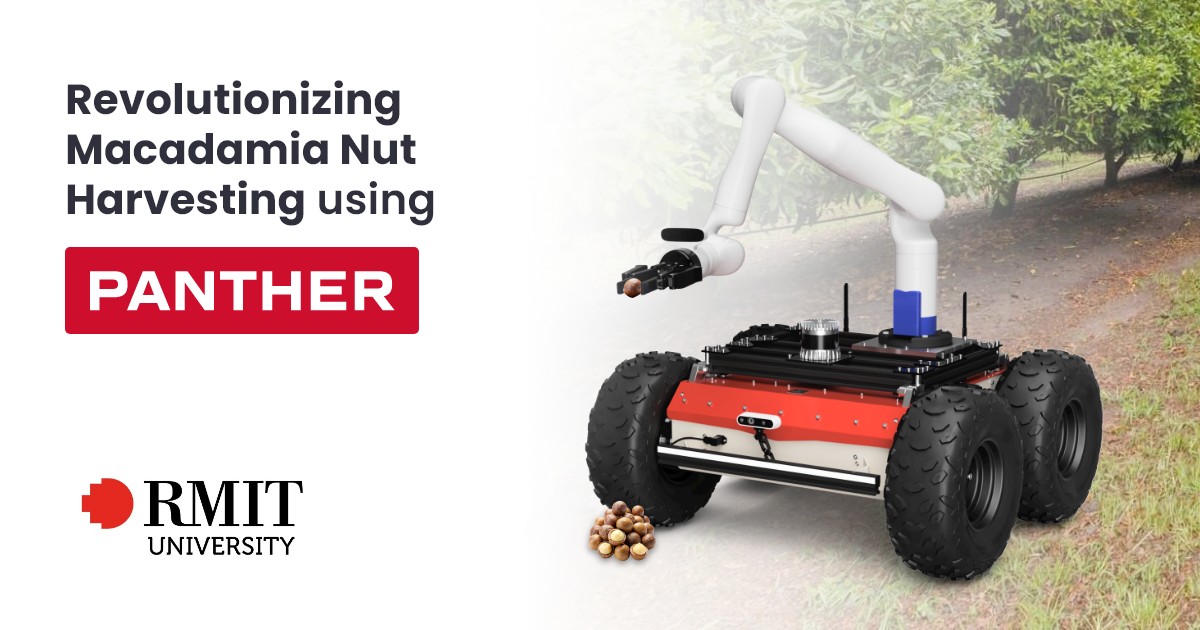
A bit of knowledge about macadamia nuts
Everyone has heard of macadamia nuts, right? We use them daily in cosmetic and food products. Macadamia nuts are indigenous to Australia. Now, Australia has about 18-20% market share. The macadamia tree grows in Australia, New Caledonia, and on the Indonesian island of Sulawesi. It is also cultivated in South Africa and Hawaii. There are not many places where this plant can be found.

🧠 Interesting fact
The macadamia tree bears fruit only after seven years from planting, but it can continue to produce for over a hundred years. The nut maturation period is about six months, but due to its presence in a subtropical climate, harvesting is possible several times a year.
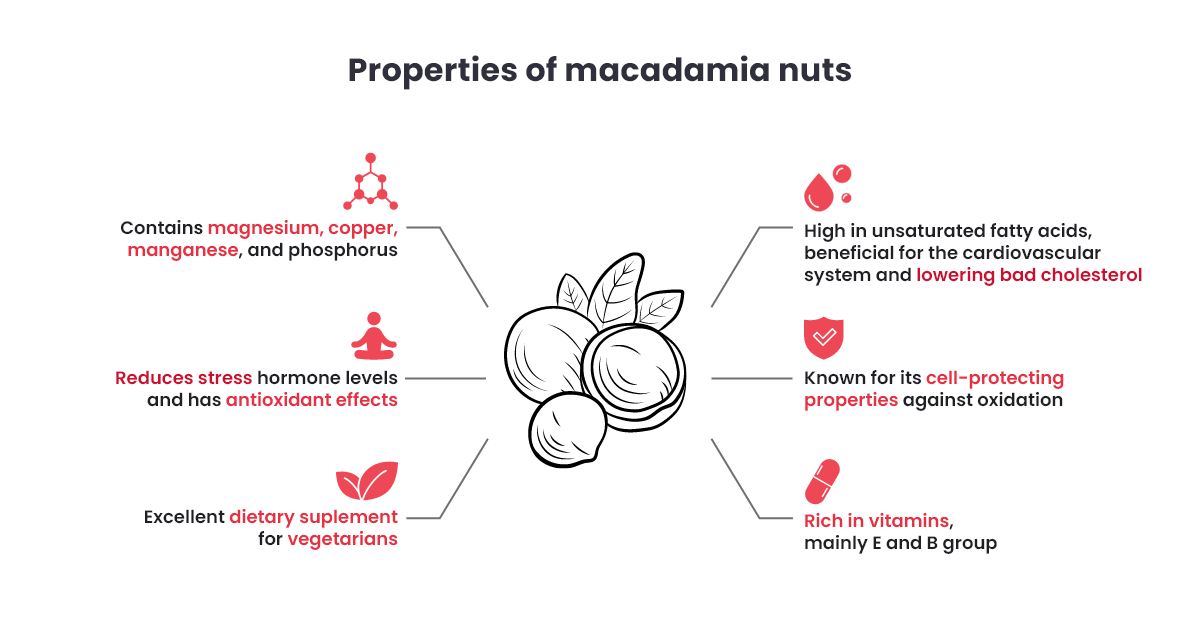
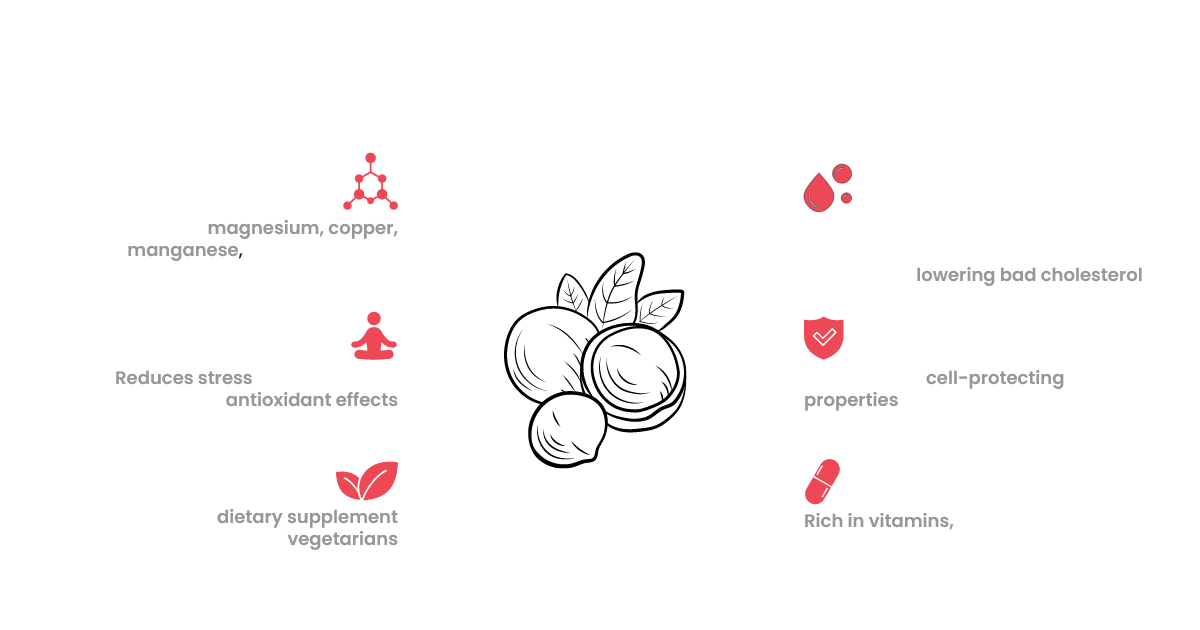
However, are we all aware of the process of collecting them and the challenges involved? 🤔
Problems when harvesting macadamia nuts
Australia is the third-largest producer of macadamia nuts, but this share has been declining over the last decade, as South Africa has overtaken Australia as the world leader.
- This is due to the following reasons: Australia's limited growing regions
- Minimal research and investment in macadamia growing technologies
- Supply chain complexity
- Labor shortages
- Increased global demand
- Environmental conditions
One of the biggest challenges is food loss and waste during harvesting. Macadamia nuts grow on trees, ripen and fall to the ground where they are collected. Harvesting equipment is attached to a tractor that is driven along the orchard rows
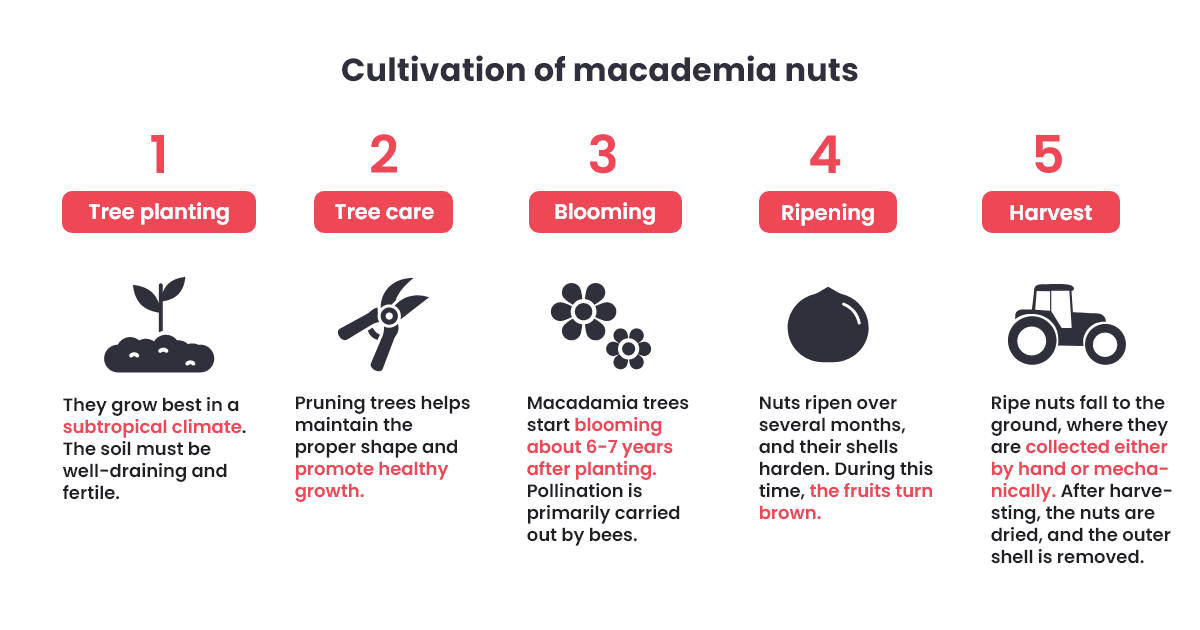
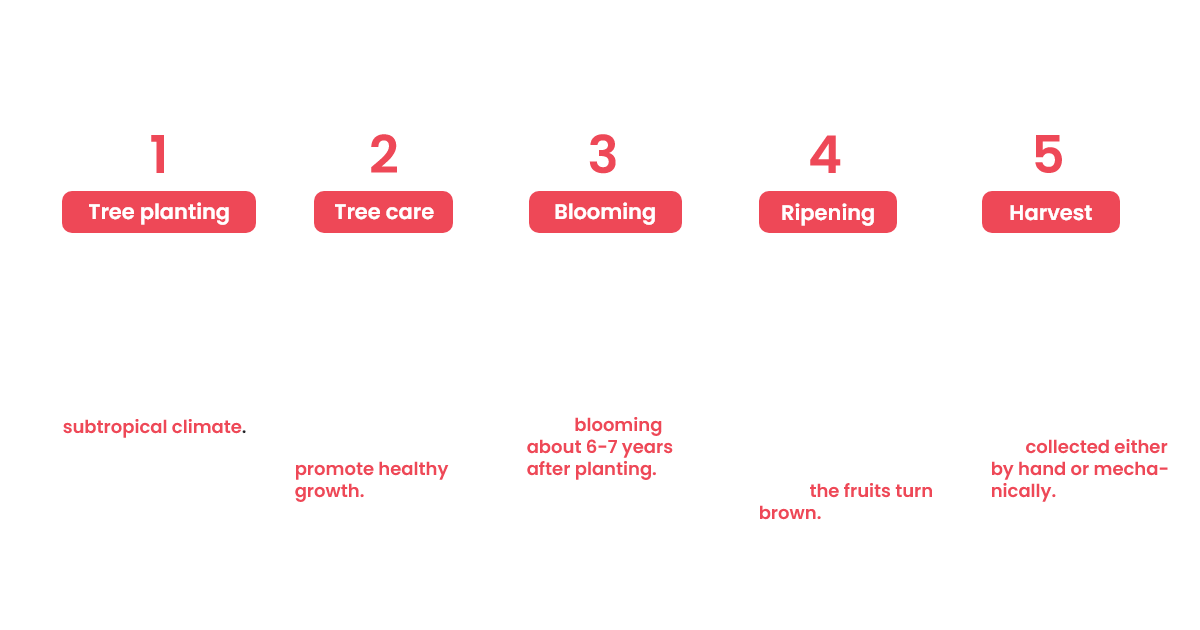
Where do the harvest losses come from?
- Nuts are left behind if the tractor cannot get close to the tree trunks due to the root system.
- Orchards can be planted on uneven terrain, where nuts are caught by divots and tussocks.
- Organic farmers cannot use pesticides to remove grass, weeds, and shrubs around the orchard, which further traps the nuts.
RMIT estimates that around 10% of nuts are wasted.Recovering lost nuts can be an intensive process that needs to be balanced with the time-consuming task of harvesting from another field before the nuts rot. Moreover, heavy rainfalls turn the ground muddy, further restricting tractor harvests for extended periods.
RMIT University's revolutionary idea using Panther
Researchers at RMIT University have come up with a revolutionary idea to solve most of these problems using Panther. They are using the autonomous outdoor robot equipped with a sensor stack that includes the Stereolabs Zed2i camera, Velodyne Puck 3D LIDAR and GPS receiver . The Panther is also equipped with a robotic arm, whose outdoor capabilities are essential for locating the macadamia orchards and minimizing the waste of nuts. RMIT has adapted Panther and the sensor stack for data collection, testing its outdoor navigation and 3D mapping capabilities.

“We chose Panther because it offers a great trade-off between the physical size of the platform (for easy transportation) and the capabilities necessary for deployment in the orchard setting. Panther has sufficient operating life, excellent drive speeds, quality integrated sensors for unstructured environments, and a good balance of onboard computational power. It’s also light enough to avoid getting bogged down in damp places that cannot be reached by heavier equipment”
As Dr Timothy Wiley of RMIT University, the mastermind behind the project, explains.
How does the project architecture look like using Panther?
RMIT currently collaborates with a farmer in New South Wales (NSW), Australia. They have developed a robot vision architecture to identify macadamia nuts on the ground and produce a loss estimate of the uncollected nuts in real-time while the robot operates. The architecture is designed to work with the limited onboard computational power of the robot, achieving an 80% accuracy upper bound.
They have developed a multi-stage robot vision architecture consisting of deep learning-powered image segmentation, along with heuristic filtering rules. The data set was further refined using ‘surrogate’ nuts during out-of-harvest season testing. They trained the architecture on data from their Panther robot while operating in the orchard and deployed their vision system on this platform.
Their next phase is to outfit their autonomous Panther robot for automated macadamia nut harvesting to:
- Complement initial macadamia harvesting
- Recover lost nuts after initial large-scale tractor harvesting
In the near future, researchers intend to build a prototype macadamia nut harvesting robot, leveraging Panther as the base platform.
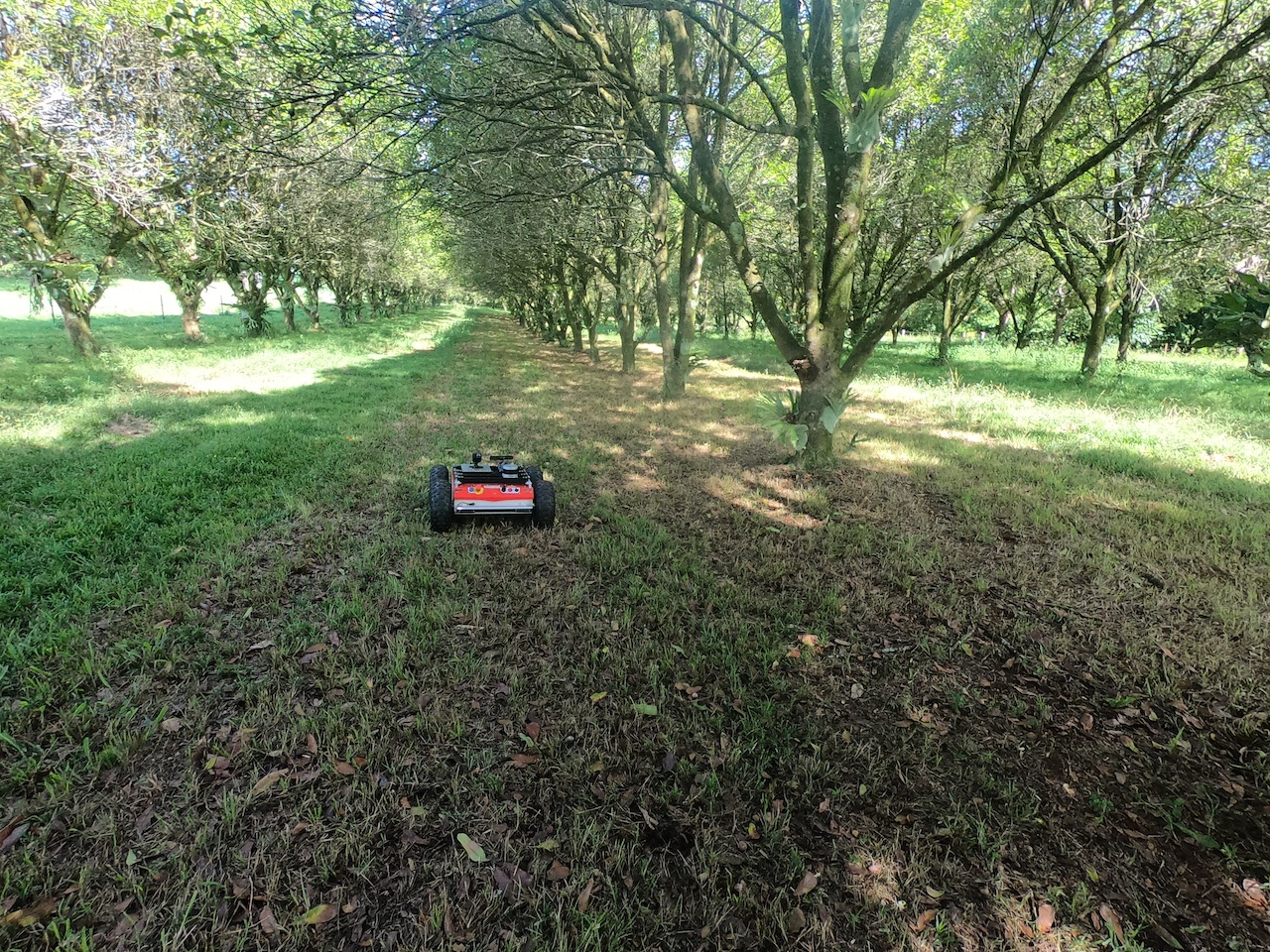
Why is Panther a good fit for this use case, and how does it help address these challenges?
According to, the originator of the project:
“We chose Panther due to the reputation Husarion has built with us at RMIT and our AI Innovation and Robotics lab. In 2019, we were first introduced to Husarion through the ROSbot, which we have used for teaching. We have been impressed with the quality of Husarion’s platforms and the responsiveness of their team in supporting both software and hardware issues. Thus, we believe we will continue to receive excellent ongoing support throughout the use of Panther. Since purchasing our Panther, we have been exceptionally impressed by both the platform and the ongoing support from Husarion.”
-- Dr Timothy Wiley from RMIT University
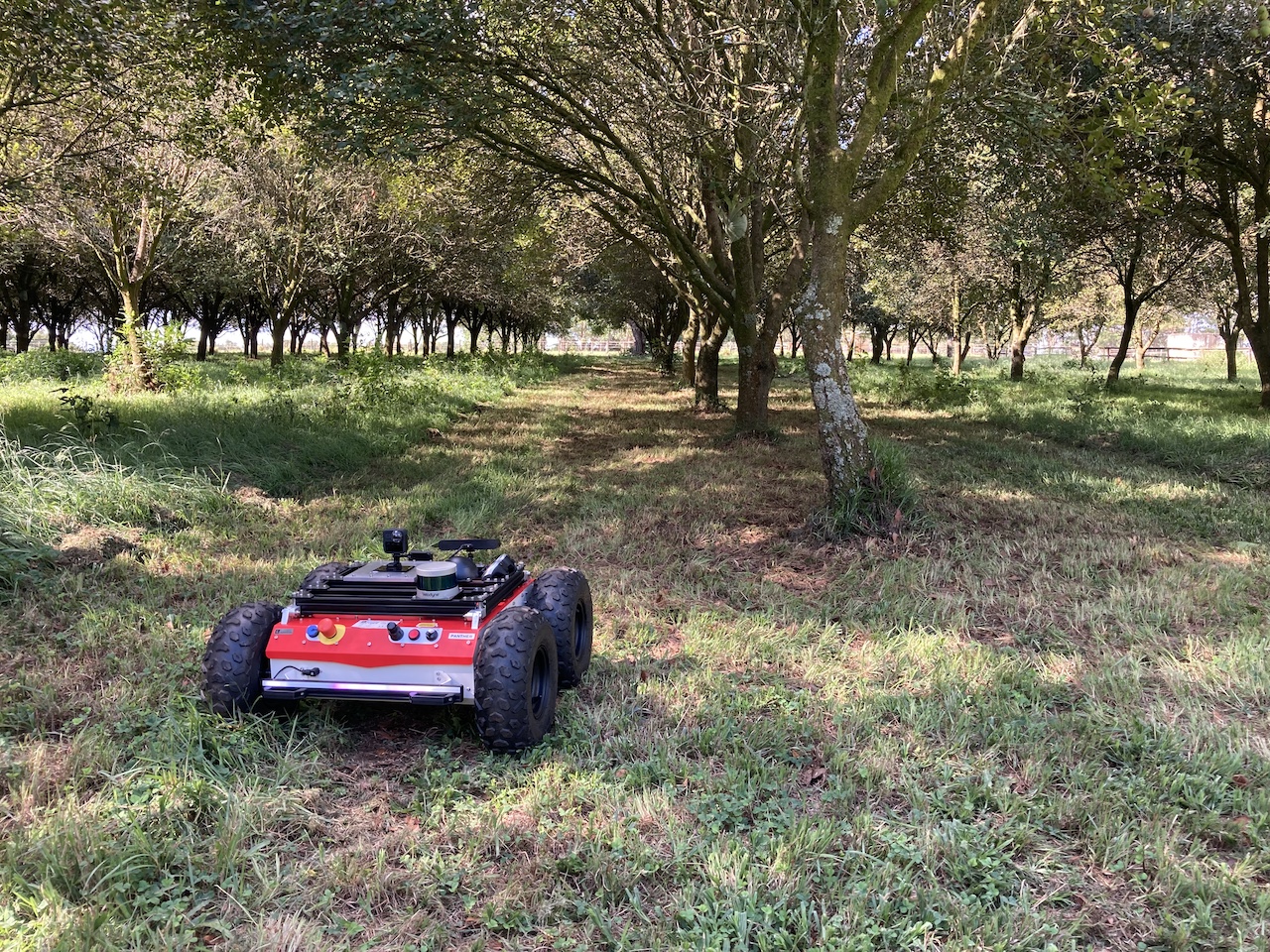
If you believe that Panther could be equally useful in your use case, don’t hesitate to visit our store or contact us at contact@husarion.com. 🤖
